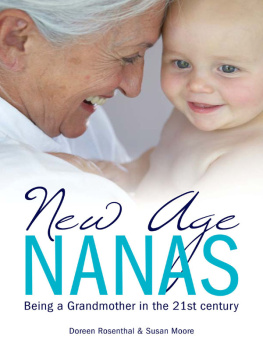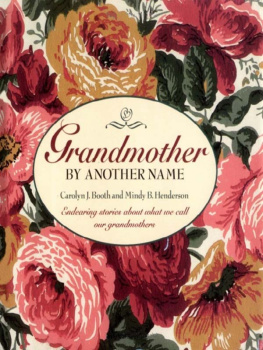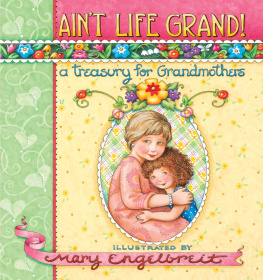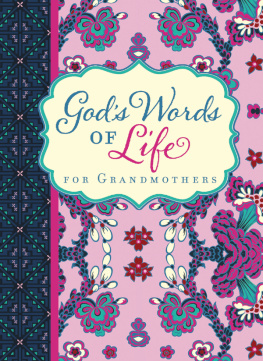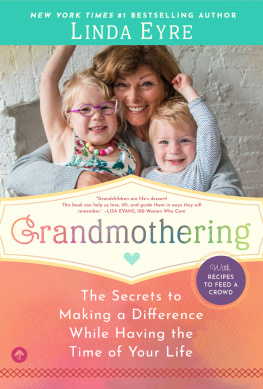Kathleen Stassen Berger - Grandmothering: Building Strong Ties with Every Generation
Here you can read online Kathleen Stassen Berger - Grandmothering: Building Strong Ties with Every Generation full text of the book (entire story) in english for free. Download pdf and epub, get meaning, cover and reviews about this ebook. year: 2019, publisher: Rowman & Littlefield Publishers, genre: Children. Description of the work, (preface) as well as reviews are available. Best literature library LitArk.com created for fans of good reading and offers a wide selection of genres:
Romance novel
Science fiction
Adventure
Detective
Science
History
Home and family
Prose
Art
Politics
Computer
Non-fiction
Religion
Business
Children
Humor
Choose a favorite category and find really read worthwhile books. Enjoy immersion in the world of imagination, feel the emotions of the characters or learn something new for yourself, make an fascinating discovery.

- Book:Grandmothering: Building Strong Ties with Every Generation
- Author:
- Publisher:Rowman & Littlefield Publishers
- Genre:
- Year:2019
- Rating:5 / 5
- Favourites:Add to favourites
- Your mark:
Grandmothering: Building Strong Ties with Every Generation: summary, description and annotation
We offer to read an annotation, description, summary or preface (depends on what the author of the book "Grandmothering: Building Strong Ties with Every Generation" wrote himself). If you haven't found the necessary information about the book — write in the comments, we will try to find it.
Contemporary grandmothers are often marginalized from extended family life because social institutions and grandmothers themselves do not understand that they could be vital for working parents, for overactive children, for suicidal youth, indeed for many of the problems of modern grandchildren.
The genetics and hormones of older women have designed them to be vital family members, with patience and perspective that come with age and experience. In addition, biology helps directly via menopause. The grandmother hypothesis explains that human women, unlike almost any other living creature, experience decades of life after menopause, in order to make grandmothers available to their descendants.
Here, Kathleen Berger explores he role of grandmothers in the lives of their grandchildren. She uses real life examples to illustrate how grandmothers can best integrate themselves into the lives of their childrens families without overstepping. She explores the particular needs of each stage of childhood as they relate to grandmother involvement and input. Before a child is born, grandmothers need to attend to building a strong relationship with the future parents. In infancy, attachment and feeding are crucial. In early childhood, grandmothers need to follow the parents lead, remembering that a parental alliance is essential. In childhood, children need to be safe but not isolated, and both bullies and victims benefit from a grandmothers support and assistance. In adolescence and emerging adulthood, grandmothers need to build direct connections and not avoid the difficult topics of sex, drugs, death, disease, and money. Throughout, elders need to learn technology, insuring that it fosters, not impedes relationships.
Problems in relationships are explained honestly and with insight. Among these are issues when three generations share a home, when parents get divorced, and when grandchildren rebel against parental authority. Throughout the work, both the joy and the complications of effective grandmothering are described. Whether youre a biological grandmother, a trusted step-grandmother, or just a warm and trusted older woman with young ones in your life, you can be a vital force in the lives of future generations.
Kathleen Stassen Berger: author's other books
Who wrote Grandmothering: Building Strong Ties with Every Generation? Find out the surname, the name of the author of the book and a list of all author's works by series.



